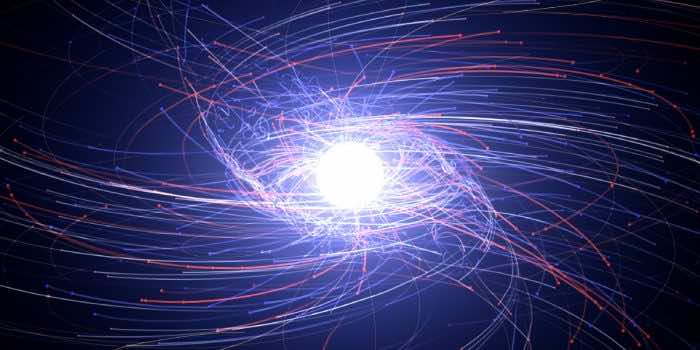Antimatter falls into the category of things we’ll unlikely see in our lifetime. It refers to sub-atomic particles that have properties opposite to that of normal sub-atomic particles. It has properties opposite to that of normal matter and thus when the two meet, they destroy each other.
In July 2020, NASA launched the Mars Perseverance rover into space. The rover, after traveling for 203 days and 300 million miles at a speed of about 24,600 mph, finally landed on Mars on February 18. 2021. Today, the top speed ever reached by NASA’s ion thruster powered spacecraft is 200,000 mph.
Now, 200,000mph might seem like a lot but the universe is vast and mysterious, that speed is not going to help much in the exploration of planets that are far away. What if NASA wanted to explore Proxima-b which is 4.24 light-years away? Well, they can’t. At least not for a few decades maybe. The rocket propulsion technology developed in the 1920s has not significantly improved since.
A space astronaut pointed out that it would take about 800,000 years to get to the TRAPPIST 1 star system. Every rocket today is fueled by either solid fuel or liquid. Sometimes both, to blast rockets off Earth, but this technology is limited. The good news is that scientists are looking into the use of antimatter to create an antimatter spacecraft that may reach up to the speeds of 72 million mph.
One of the companies working on Antimatter spacecraft is a space startup called Positron Dynamics led by CEO Ryan Weed. The startup is creating a new antimatter spacecraft that could theoretically, loop the Earth in three seconds and reach Mars in weeks. Weed said that it would take the current fastest spacecraft 30,000 years to reach the system. As such, there is a strong need for better and faster rockets. Recent studies also suggest that antimatter-based rockets could achieve up to 72% speed of light.
An antimatter rocket combines matter and antimatter to produce a flash of light. So thrust is produced by intense light. This is called an antimatter-fueled photon rocket. However, stable antimatter does not exist in nature. You can view a video on Antimatter propulsion below.


